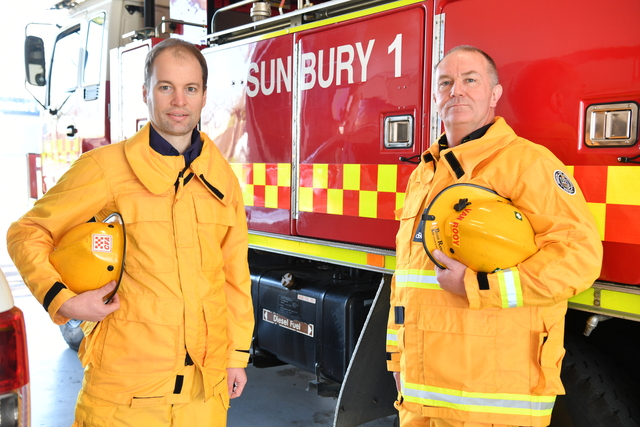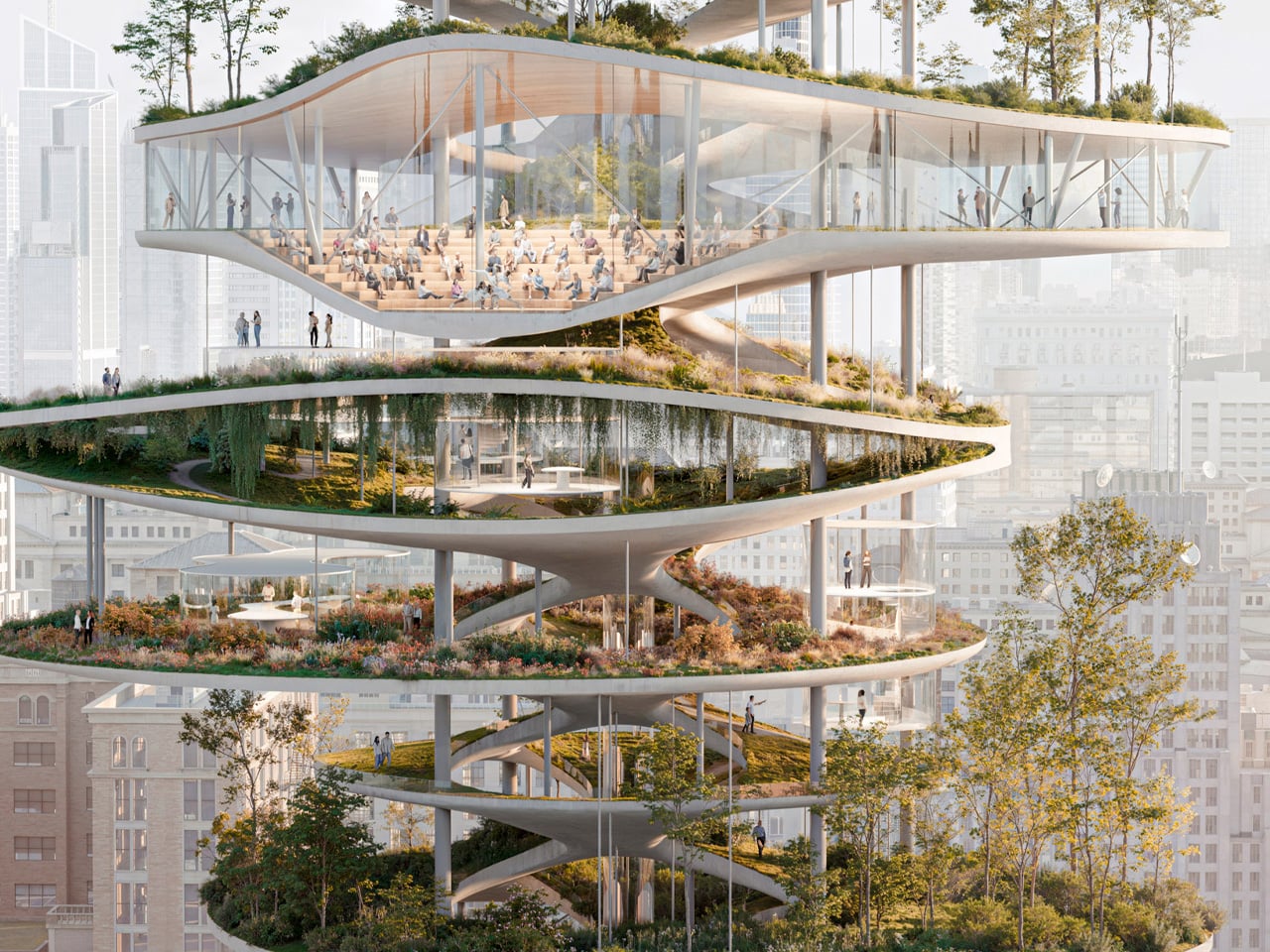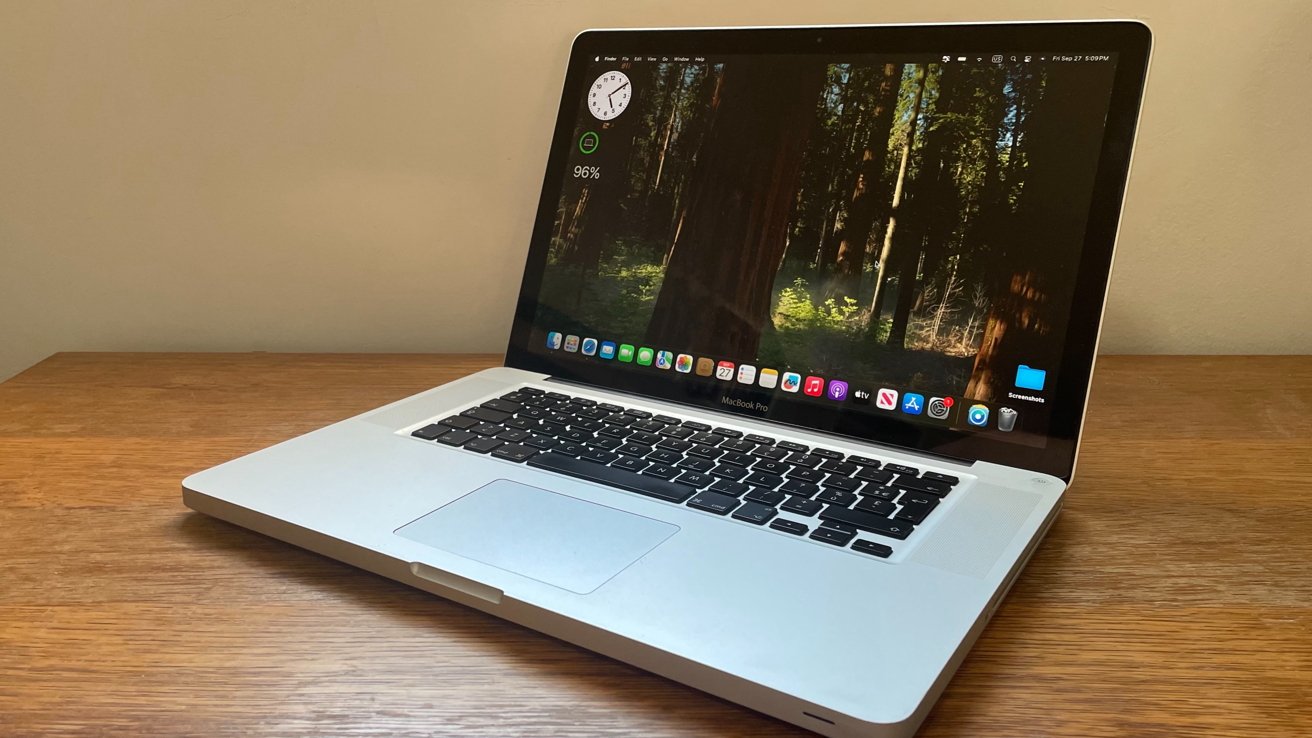
Nick Cherukuri is Founder & CEO of ThirdEye . He was Forbes U30 and E&Y Enterpreneur of the Year finalist. Published patents & spoken at CES.
Morgan Stanely projected that the augmented reality/virtual reality (AR/VR) market could reach $100 billion by 2030 and $500 billion by 2040. Part of the reason is that, while the use cases for AR and smart glasses are often discussed for industries like defense and healthcare, other industries are finding new and unique ways to apply the technology. My company has worked with AR technology for over 20 years, primarily with the defense and healthcare sectors, and it has been exciting to see how this technology has become more pervasive in other industries.

In this article, I'll explain the impact AR technology is having on tourism in particular. The Impact Of AR On Tourism AR in tourism is a rapidly growing field, but several common misunderstandings can lead to unrealistic expectations or misapplication of the technology. One of the most common misconceptions is that AR is the same as VR.
In my experience, many people think AR and VR are interchangeable. They are not. While VR creates an entirely virtual environment, AR overlays digital content onto the real world, which means it can be more applicable than VR for use cases like tourism where the user is in a real-life site.
Hackers Force Chrome Users To Hand Over Google Passwords. Here’s How Today’s NYT Mini Crossword Clues And Answers For Tuesday, September 17th Sean ‘Diddy’ Combs Arrested In New York After Grand Jury Indictment In tourism, AR can enhance the existing environment by adding information or interactive elements, such as historical facts about a monument or directions to nearby attractions, without removing the user from the real-world experience. For example, visitors can use their smartphone cameras to see Singapore's mascots and other historical artifacts overlayed on a tour of the city.
This brings up another misconception, which is that AR requires expensive equipment like expensive headsets or advanced hardware, but many people will be able to use their current phone if it has LiDar technology, which most modern phones do. Many smart glasses can also connect directly to smartphones. With these factors in mind, here are a few use cases to consider: Heritage Sites By leveraging specialized trigger points, AR enables visitors to uncover digital reconstructions and 360-degree panoramas that narrate the unique stories of these locations.
This immersive approach offers a fresh perspective on sites, allowing users to interactively connect with history, such as seeing what archeologists believe the Parthenon looked like 2,500 years ago. Theme Parks Theme park-based AR apps can allow visitors to add their favorite characters to their pictures or link directly to the theme park's online store. The addition of gamification elements could further enhance the sophistication and appeal of AR experiences within the park, making them even more engaging and interactive.
Lesser-Known Destinations AR can also drive tourism to lesser-known or underserved areas by creating engaging AR experiences in cities or regions that are not currently popular destinations. For example, while most visitors to Italy know about Rome and Milan, but AR is being used to enhance lesser-known areas in Italy for tourism like Matera . The Future Of AR In Tourism With these and numerous other possibilities, developers have the opportunity to create engaging, localized content that resonates with diverse audiences.
Right now, however, many developers struggle to create AR tourism content because of the widely held belief that there is not a big enough market to make this content viable. While tourism certainly has less of a market than government or healthcare use cases, future developments could make this model more desirable. The widespread implementation of 5G, for example, is expected to further advance AR's capabilities, enabling the display of 3D holographic content with minimal latency.
The number of active AR users is growing rapidly . As this technology continues to evolve, the potential for AR to reshape the tourism industry is immense, offering richer, more immersive experiences that captivate and inspire travelers around the globe. Forbes Technology Council is an invitation-only community for world-class CIOs, CTOs and technology executives.
Do I qualify?.













